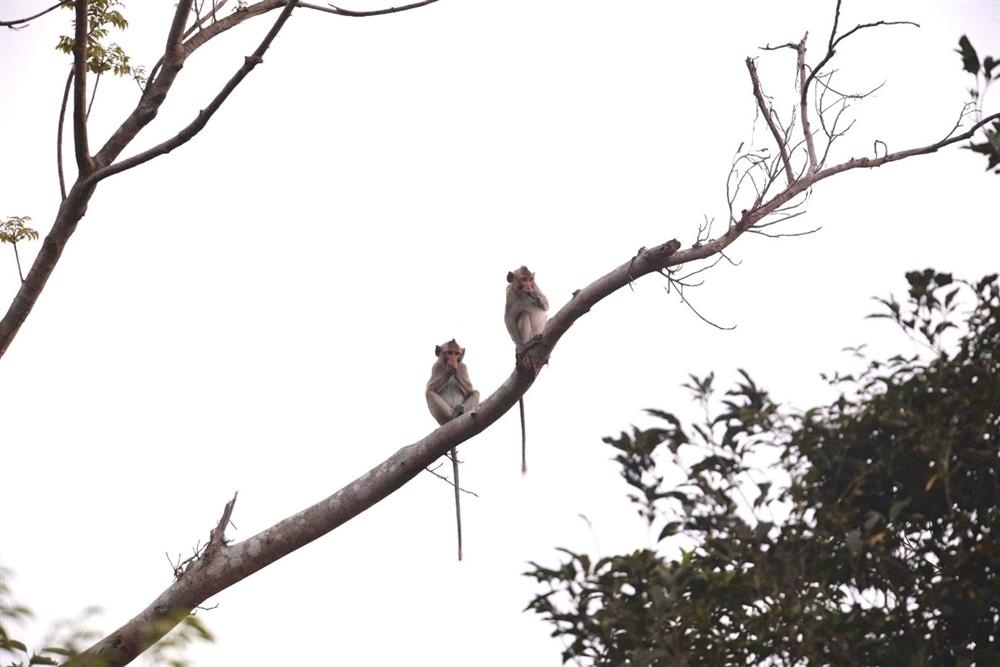According to information from the Management Board of Bai Tu Long National Park, Van Don District, Quang Ninh Province, during a preliminary survey of the large mycological system on Ba Mon Island and Bai Tu Long National Park under the theme "Vietnam Tropical Forest Fungeration: Diverse classification, ecology and structure and functions", scientists from the Vietnam - Russia Tropical Center initially recorded 2 species of fungi that can bloom belonging to the Omphalota family: Omphalotus nidiformis and Neonothopanus nambi.
Omphalotus nidiformis, also known as a ghost mushroom, is a fan or funnel -shaped, white or cream or gray or yellow (depends on the mushroom that grows on the rotting tree). Between mushroom hats is usually darker, when the mushroom hat is often swept down, the hat diameter is 2-10 cm (depending on the young or mature mushrooms and depending on the nutrients in the rotten wood). White mushrooms are slightly yellow, slightly gray; Mushroom stems are often attached to the hat, 2-4 cm long, white mushroom meat. Mushrooms often grow on rotten trees in the forest into large crowds. In particular, this mushroom glows in the night when it is humid, after the rain, thanks to the chemical reaction between the luciferase enzyme and the luciferin compound, creating a gentle blue light similar to the light of the firefly. This phenomenon makes them one of the most mysterious mushrooms in the world.

Similar to Omphalotus nidiformis, the photosensitization of Neonothopanus nambi is also one of the most outstanding features of this species. This species emits green light, mainly observed in mushroom fibers and carp, making them a special target in scientific research.
Despite their attractive appearance, Omphalotus nidiformis and Neonothopanus nambi cannot be eaten because they contain toxins that cause serious digestive poisoning. If eaten, the victim may experience abdominal pain, vomiting and severe diarrhea. They have a rather similar shape to Pleurotus, a popular type of mushroom to eat, so you need to be careful when identifying them.
Bai Tu Long National Park is 15,783 hectares wide, including 6,125 hectares of forest and forest land and 9,650 hectares of sea surface and flooded tidal flats. This is a place with potential for biodiversity, a typical representative of the Northeast sea area with typical ecosystems: Green evergreen broadleaf forest ecosystem on dirt mountains; ecological forests, evergreen evergreen evergreen evergreen evergreen broadleaf forests on limestone mountains; mangrove forests; coral reefs under the sea, sea grass and the evergreen ecosystem in the limestone mountains... That is the ideal space for 2,259 forest species to live, including 106 species of animals and plants allocated to the Red Book of Vietnam and the world.











